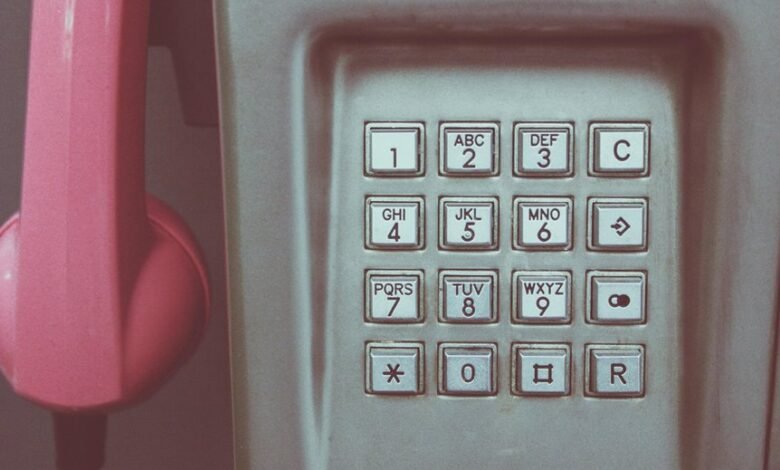Suspicious Call Alerts: 3887222985, 3444792035, 3512782770, 3509446431, 3511090708, 3505652784

Recent alerts have emerged regarding several phone numbers, including 3887222985 and 3444792035, flagged for potential scams. These numbers raise questions about their origins and the tactics used by scammers. Understanding the common scams linked to these numbers could shed light on broader patterns in fraudulent communications. What methods are employed to mislead recipients, and how can individuals better protect themselves? The answers may reveal crucial insights into safeguarding personal information.
Overview of the Suspicious Phone Numbers
As individuals increasingly rely on mobile communication, the emergence of suspicious phone numbers has become a pressing concern for many.
Analysts note that these numbers often exhibit suspicious patterns, raising questions about their origins. Some may originate from overseas, while others may be linked to fraudulent activities.
Understanding these characteristics is essential for users seeking to protect their privacy and maintain informed communication practices.
Common Scams Associated With These Numbers
Suspicious phone numbers often serve as the starting point for various scams that exploit unsuspecting individuals.
Common tactics include identity theft, fake lottery winnings, and phishing schemes. These scams often utilize phone number tracking to target victims more effectively.
Awareness and education are crucial for scam prevention, as recognizing these patterns can empower individuals to protect themselves from potential financial loss and emotional distress.
How to Identify and Handle Suspicious Calls
Identifying and handling suspicious calls requires a keen awareness of certain red flags that may indicate a scam.
Analyzing Caller ID can reveal unfamiliar or spoofed numbers, prompting further scrutiny. Individuals should maintain a high level of scam awareness by questioning the legitimacy of unsolicited calls, especially those requesting personal information.
Awareness and skepticism can empower individuals against potential fraud.
Best Practices for Protecting Yourself From Scammers
How can individuals effectively shield themselves from the advances of scammers?
Effective scam prevention involves utilizing caller identification features on devices, which can help identify suspicious numbers.
Additionally, individuals should remain skeptical of unsolicited calls and verify the legitimacy of requests for personal information.
Awareness and education about common scams further empower individuals to protect themselves in an increasingly deceptive landscape.
Conclusion
In light of the flagged phone numbers, it becomes essential to navigate the intricate web of communication with a discerning eye. These numbers, shrouded in suspicion, serve as a reminder of the unseen dangers lurking in our daily interactions. By fostering a heightened sense of vigilance and embracing prudent measures, individuals can adeptly sidestep potential pitfalls. Ultimately, maintaining one’s privacy and security hinges on a proactive approach to identifying and managing these elusive telecommunications challenges.





